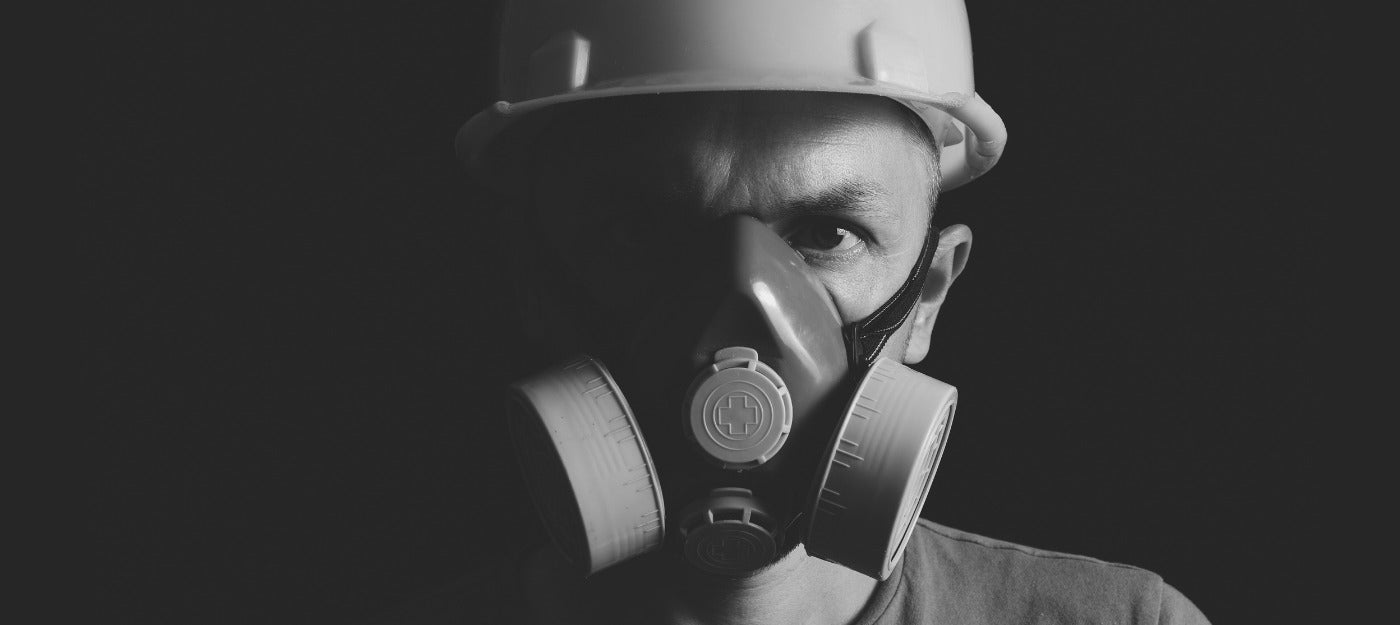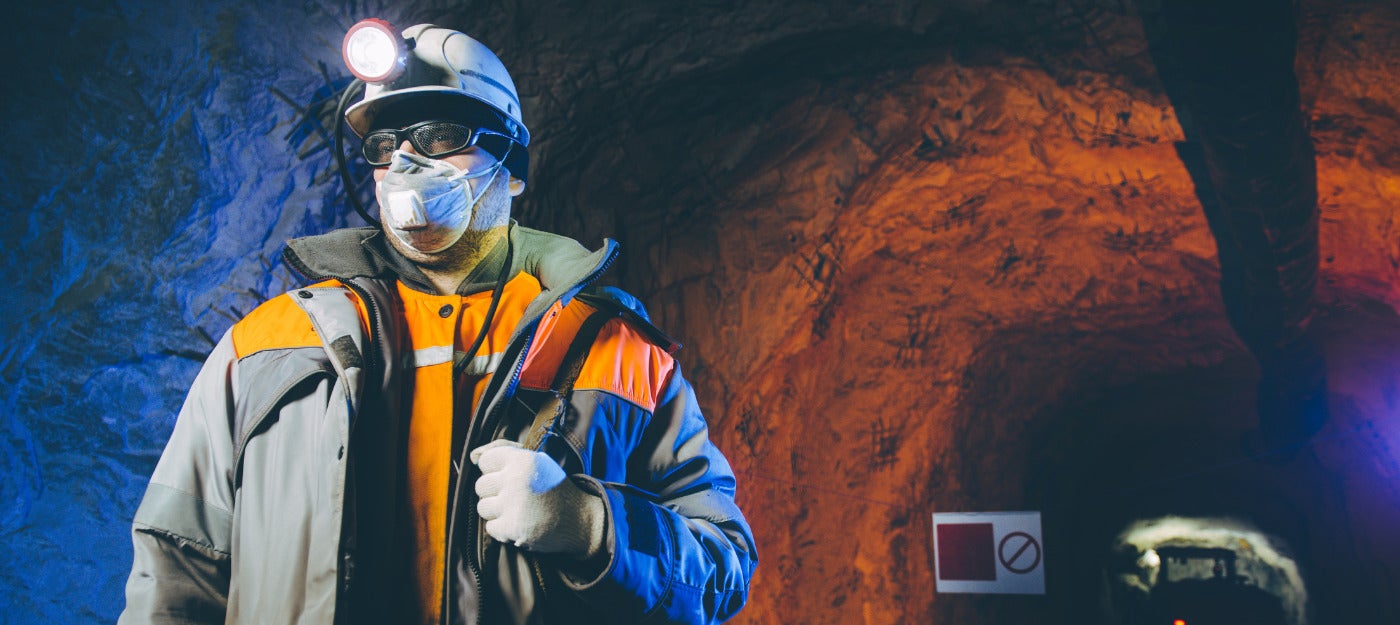
Personal protective equipment (PPE) and safety equipment have always played a crucial role in safeguarding workers in hazardous industries, but the evolving risks of new energy technologies require more specialised, high-performance PPE solutions. Now, companies must rethink their approach to worker protection, ensuring that safety measures keep pace with technological advancements.
Why PPE Matters in Energy Transition Projects
The energy transition is high risk, high reward, but that risk isn’t just financial. Workers in CCS, hydrogen, and offshore renewables are exposed to hazards unique to these emerging sectors.
For example, CCS facilities involve high-pressure CO₂ handling, which poses serious asphyxiation risks. Meanwhile, hydrogen production comes with extreme flammability concerns, requiring advanced fire-resistant (FR) gear. Offshore wind workers must deal with high-altitude fall risks, necessitating cutting-edge fall protection systems. Each sector within the energy transition has its own distinct challenges, meaning PPE must be adapted accordingly.
PPE Considerations for CCS
Respiratory Protection
CO₂ is non-toxic but displaces oxygen, meaning asphyxiation is a primary hazard in CCS operations. To mitigate these risks, workers must be supplied with:
- Supplied air respirators (SARs) or self-contained breathing apparatuses (SCBAs) when entering confined spaces or areas with potential leaks.
- Portable gas detectors to continuously monitor CO₂ levels in enclosed environments.
- Emergency escape breathing devices (EEBDs) for rapid evacuation in the event of a leak.
Carroll Technologies supplies a wide range of respiratory protection devices, including the W65 Self-Rescuer Respirator, MSA Altair 4X and Altair 5X multigas detectors, and Ocenco self-rescuers, including the EBA-6.5s and the M-20s.
Flame-Resistant and Chemical-Resistant Clothing
While CCS is less flammable than hydrogen production, some capture processes involve amine-based solvents, which can cause skin and respiratory irritation. Proper PPE includes:
- Fire-resistant coveralls for facilities that process CCS alongside traditional fossil fuels.
- Chemical-resistant gloves and suits for handling solvents used in CO₂ capture.
- High-visibility clothing for work in low-light conditions, especially in underground storage sites.
- Protective footwear with puncture resistance to handle uneven terrain.
For its range of wearable protective equipment, such as gloves, flame-resistant clothing and high visibility garments, Carroll Technologies supplies solutions manufactured by Protective Industrial Products (PIP).
Fall Protection Gear
CCS infrastructure includes pipelines, injection wells, and deep underground storage sites, where workers often operate at height or in remote locations. Key PPE requirements include harnesses and fall arrest systems for wellhead and pipeline maintenance.
From MSA, Carroll supplies rugged, energy-absorbing lanyards that keep fall arrest forces below 6 kN, as well as Honeywell’s Miller’s AirCore harnesses made from corrosion-resistant aluminium.

